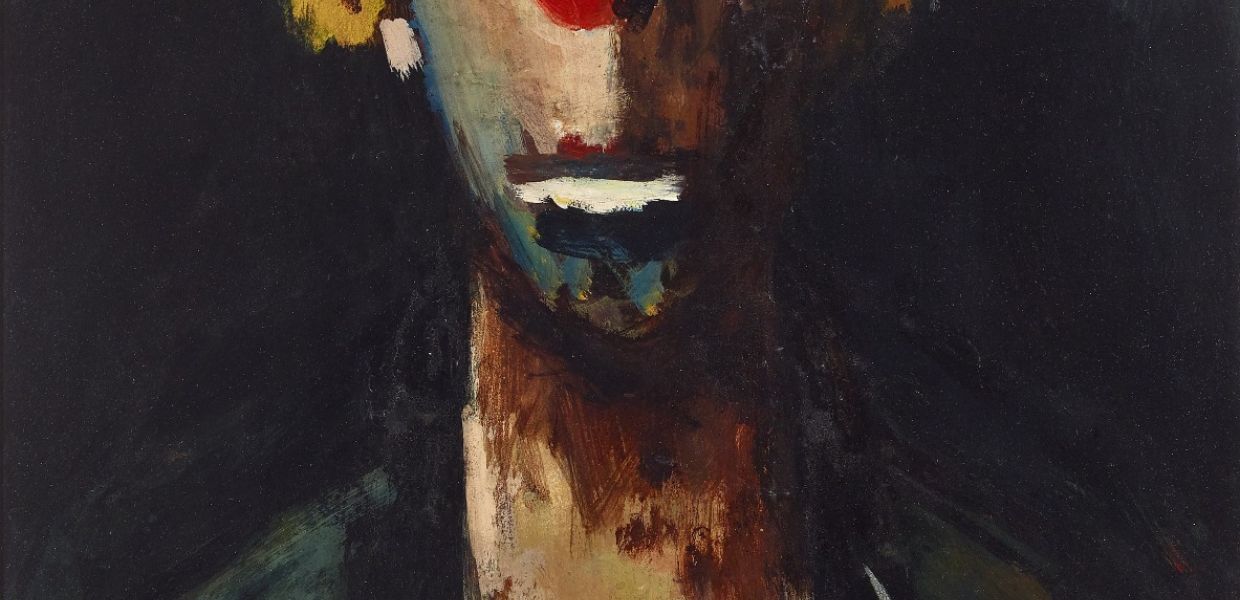Choosing a country's artworks for Europeana 280: Luxembourg

Last month, we started highlighting some of the treasures nominated as part of Europeana 280 in preparation for the launch of the campaign in April. Daily Art fans enjoyed weekly artworks from the collection, while different countries were showcased each week on Europeana Art History Collections.
We also continue this weekly blog series, finding out some of the back stories behind selections. This week, Europeana 280’s Exhibition Coordinator Ann Maher highlights nominations from Luxembourg.
The Grand Duchy of Luxembourg is one of the six founder members of the European Union and the current President of the European Commission is Luxembourgish. Their nominations for Europeana 280 span 900 years of cultural heritage from five institutions and were coordinated by the Ministry of Culture. What are the highlights of their selection?
Music for the eyes
Luxembourg is one of the countries that also chose to reflect national literary and linguistic traditions in their artistic nominations for Europeana 280. Roger Manderscheid (1933-2010) was a radical poet, novelist and playwright as well as being a renowned visual artist. According to the Centre national de literature about their selection Schrëftbild 1998, Manderscheid referred to his calligraphic images as ‘music for the eyes’. These are playful works where the artist let loose his imagination, according to the CNL: “purely ornamental, non-functional drawing characterized by rich colour nuances and an elegant aesthetic.”
The Museum of Modern Art Grand-Duc Jean selected another contemporary Luxembourg artist whose creative energies extended across many different aspects of popular culture including digital media. According to Lisa Baldelli of MUDAM: “After consultation with our Ministry of Culture, we decided to submit an artwork by Michel Majerus, who was born in Luxembourg in 1967 and died in 2002. He was regarded as one of the most promising painters of its generation and left a remarkable body of work.”
The nomination Halbzeit, relates to the commercialization of time. “The slogan Thirst - juice. Desire - product, is the rhythm which links consumer and advertising: the minimum time required to bypass reflection”, according to the museum. Majerus, whose work was very much about exploring new frontiers in art, addressed the borders between installation and painting – one commission was a skate ramp. He died in a plane crash aged only 35 and the selection for the Europeana 280 collection is one of his last paintings.
Send in the clowns
Two selections from the early 20th century show the impact of artistic movements that were influencing painters all over Europe at differing times. Dominique Lang (1874-1919) is considered Luxembourg’s most important impressionist painter though he worked in other styles as well. After studying in Antwerp, he turned towards symbolism, but also created art showing the influence of Ruskin and the Pre-Raphaelites. Impressionism was a dominant movement in Luxembourg art for a considerable period of time and according to the Musée national d’histoire et d’art Luxembourg, Lang was painting at the peak of his powers when he created the painting Le Barrage (1913): “His sense of nature and the authenticity of his approach fall into the great tradition of Monet, Renoir and Pissarro.”

Tête de Clown (1937), Joseph Kutter (1894-1941), Musée national d'histoire et d'art Luxembourg. Expressionist Joseph Kutter is Luxembourg’s most renowned 20th century artist. Anxieties about his illness were represented through his painting of clowns.
Another selection from MNHA is a work by Joseph Kutter, Luxembourg’s most renowned artist of the 20th century. Born in 1894, he was also influenced by impressionism and after studies in Munich, German expressionism. But his main influences were French and Belgian art.
In 1924, he returned to Luxembourg and became a leading member of the Luxembourg Secession in 1927 along with Claus Cito, Nico Klopp and Auguste Trémon. These artists, all of whom had studied in Munich, not only wanted to free themselves from 19th century academicism but also from impressionism. When he became incurably ill in the 1930s, Kutter dealt with his pain by painting a series of clowns. These become vehicles for his suffering and his anxiety about his own illness – which doctors were unable to diagnose.
It's not the first time Kutter has represented his homeland. When countries were asked to select an artwork representing their nation in the 50th anniversary of the European Union in 2007, Kutter was chosen to represent Luxembourg.
Iconomaques
Non-figurative work did not come into its own in Luxembourg until after the Second World War. Influenced by the School of Paris, and its many avant-garde movements, the Salon de la Nouvelle Equipe took place in 1948 and the Iconomaques (iconoclasts) group was established in 1954. Two of its founders – Joseph Probst and Michel Stoffel – are abstract selections for the Europeana 280 collection. Stoffel was also a writer publishing essays on art and in 1944, La Clef de Mélusine, a patriotic interpretation of a mythical tale featuring Seigfried and Mélusine (often depicted as a mermaid) and their battles against dark forces. Published just before Luxembourg’s liberation from Nazi occupation, it was ‘un mythe essentiellement luxembourgeois’ according to Stoffel’s introduction.
We look forward to appreciating more art selected for the Europeana 280 campaign soon. In the meantime, follow the conversation on Twitter via #Europeana280.
